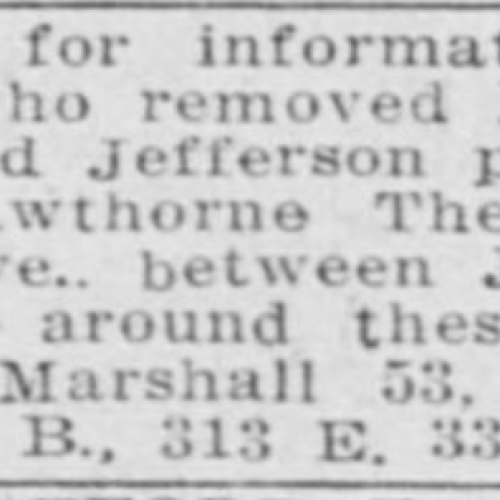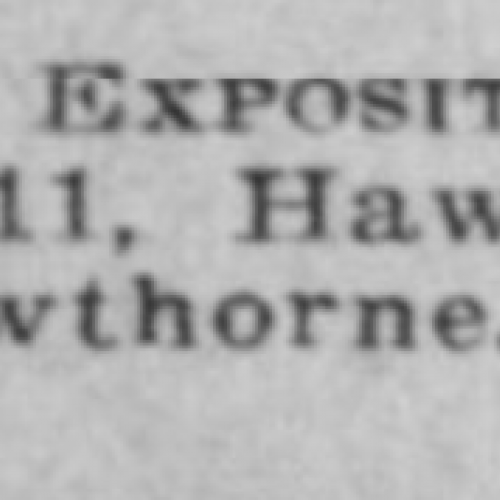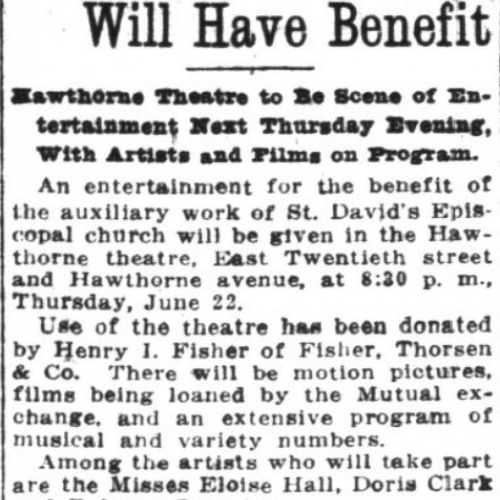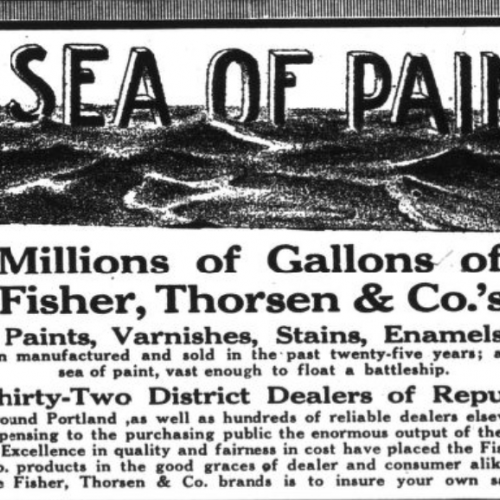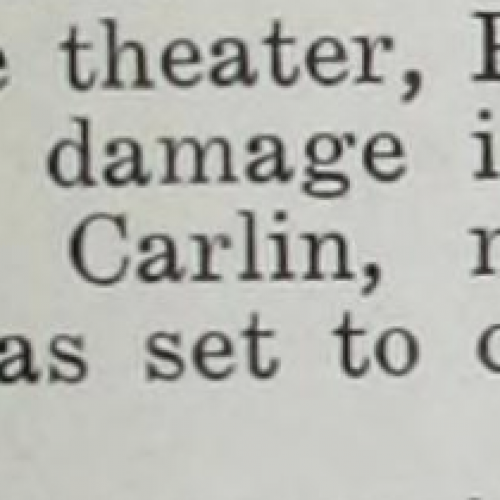The Hawthorne Theatre has had a long history of film exhibition. The theatre became known as the Hawthorne in 1915 and remained that way until 1934 when it became the Star Hawthorne. The building still stands today on 20th and Hawthorne as the Cinemagic Theater. The theater itself has always been a single screen theater, which shows the value that it has had in the community of East Portland to have survived the test of time.

A part of the long-lasting success of the theater can be attributed to its location in the residential part of East Portland. According to Sanborn Maps, the theater was originally located next to a corner drugstore, a 21 car parking garage and numerous homes. The small community was able to walk to enjoy the theater's attractions whenever they wanted to. There was an instance where the theater put on a night for St. David's Episcopal Church in the area, offering entertainment acts such as films from the Mutal Film (absorbed by RKO) and variety acts. A man by the name of Henry I. Fisher, the owner of the Fisher, Thorsen & Company, a paint supplier, donated to the theater for the benefit of the church.
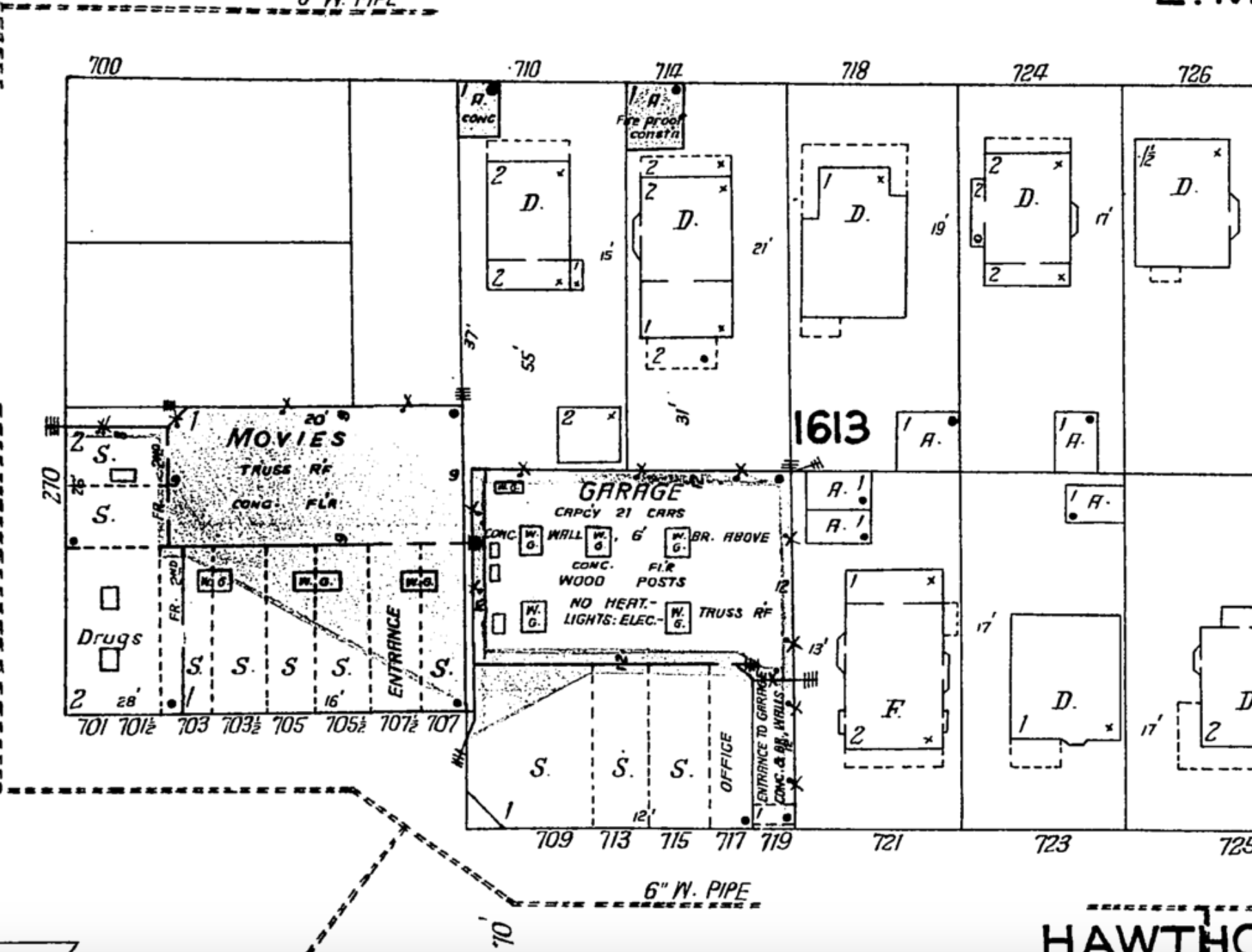
Taken from Historic Oregon Newspapers, the local theater exhibited a documentary production of the San Diego Exposition from 1915 which was a big news story at the time on the American West Coast. This allowed the community to get a visual experience of what was going on down south.
The theater did not always have a successful exhibition experience on the east side of Portland. At some point between July 1st and September 1st of 1915, the first year the theater was open, there was a robbery that resulted in the loss of two pianos used for theater exhibition.
According to The Film Daily, there was a fire that had resulted in $1,500 (about $28,000 today) sometime around 1936, when it was the Star Hawthorne, but still referred to by national scripts as the Hawthorne. The manager at that time, Phil Carlin, believed that the fire was started to distract from the robbery that had taken place within the theater as well.
The theater itself is a testament to how history can be lost due to time and by the people documenting the history during the times. From 1916-1924, the theater was not listed in the Portland City Directory for each of those years. For an establishment that has withstood over 100 years of film exhibition in Portland (now known as Cinemagic), it is interesting that the directory did not list it for a decade.
